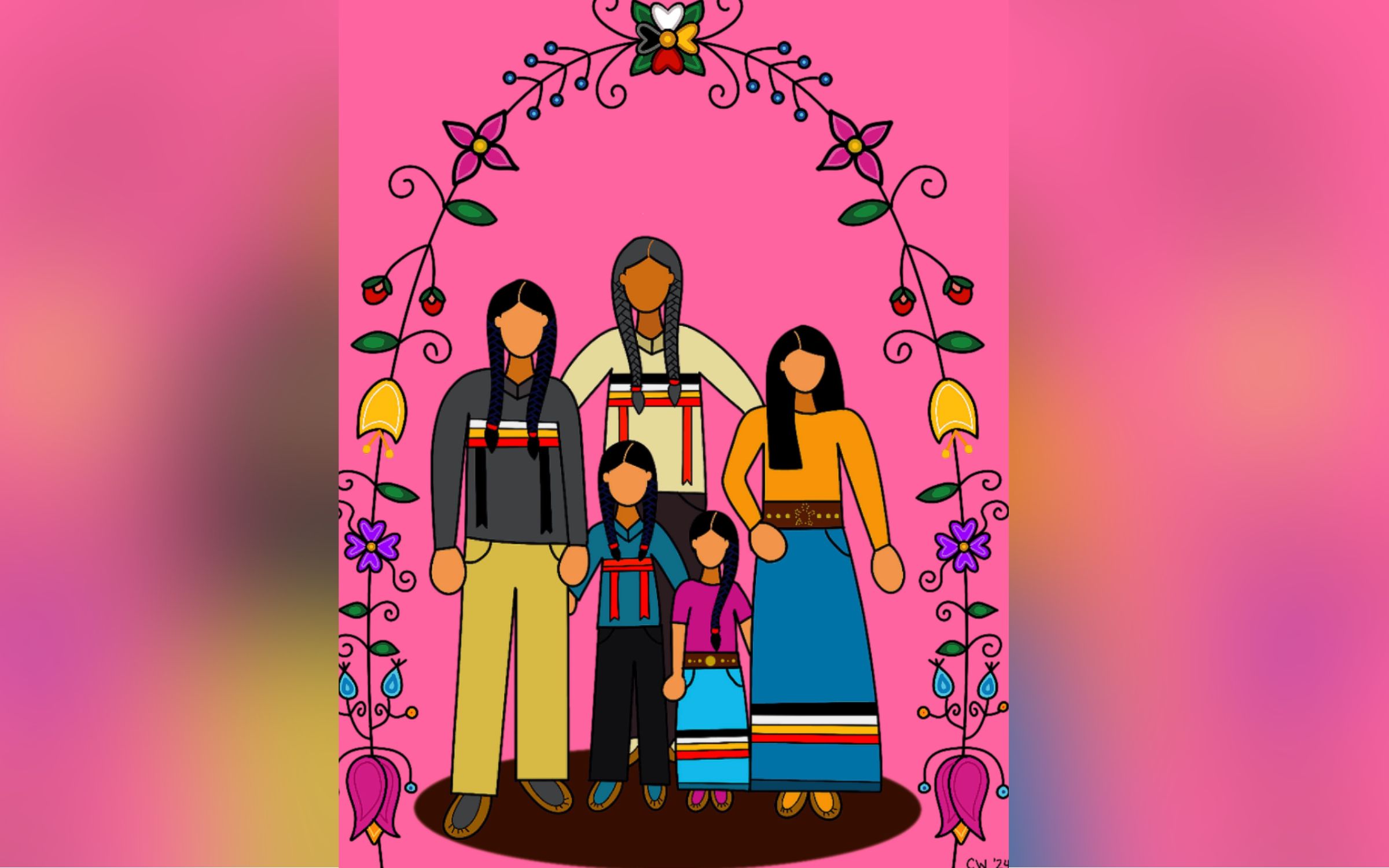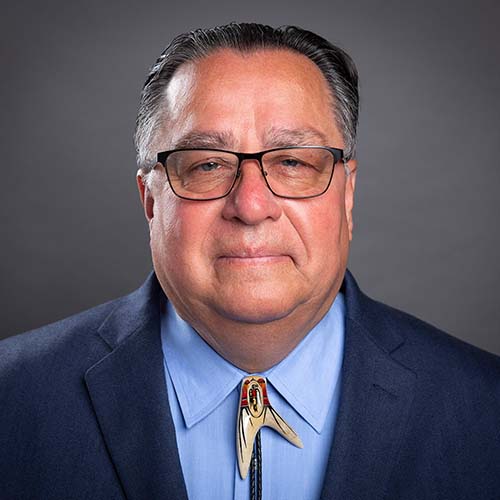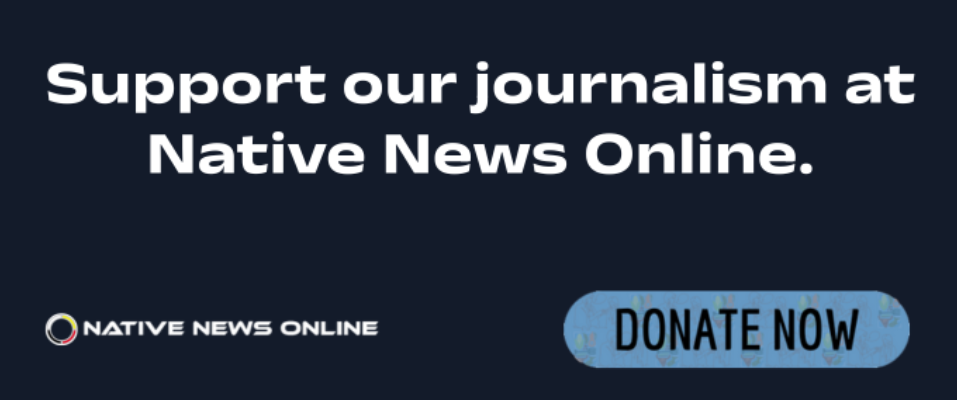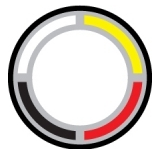
- Details
- By Native News Online Staff
"MiLEAP's mission is to expand opportunity for every learner in Michigan, and that includes strengthening our support for Native students and Tribal communities," Dr. Beverly Walker-Griffea, director of MiLEAP, said in a press release. "The relaunch of the Native American Resource Guide reflects our commitment to connecting students, families, educators, and community partners with the resources, scholarships, and supports they need to thrive in school and beyond."
The updated edition emphasizes access to vital supports while ensuring that students, families, and community partners can fully leverage educational and community resources available throughout Michigan.
Melissa Kiesewetter, Tribal Liaison at MiLEAP, explained the guide's approach to supporting Native communities. "Our goal is to ensure that Native American students and families have the resources and guidance they need to succeed at every stage of their educational journey," she said in a press release/ "The Native American Resource Guide addresses the unique needs of Tribal communities while helping educators, counselors, and student success coaches more easily navigate Tribal and Indigenous services, scholarships, and opportunities, so they can provide the best possible support."
Comprehensive Resources at a Glance
The updated Native American Resource Guide features several key components designed to meet the needs of Michigan's Indigenous communities:
Tribal Contacts provide direct connections to Tribal governments and community organizations across the state, facilitating communication and collaboration within Indigenous networks.
State and Federal Contacts offer access to relevant government offices that support Native communities, helping users navigate bureaucratic systems more effectively.
Education, Legal, and Health Resources deliver comprehensive information supporting academic success, addressing legal needs, and promoting overall wellness within Tribal communities.
Scholarship Opportunities include extensive listings of financial aid available to Native students at all educational levels. This section features information about MiLEAP's Michigan Indian Tuition Waiver program, which provides crucial financial support for Indigenous students pursuing higher education.
Genealogical Research Tools help community members explore their family history and cultural heritage, strengthening connections to ancestral roots and Indigenous identity.
The guide also showcases artwork from Native artists from Michigan, celebrating the state's rich Indigenous cultural heritage while providing practical resources.
The updated Native American Resource Guide is now available both online and in print format. Community members seeking assistance accessing the guide or requesting a print copy can contact the Native American Institute at [email protected].
NAI welcomes input from community members who notice outdated or missing information.
More Stories Like This
Hanging a Red Dress for Christmas: MMIP, Native Higher Education, and Hope for a Better New YearNative Students Can Win $5,000 Scholarship, International Distribution in Pendleton Design Contest
American Indian College Fund Raises Alarm Over Plan to Shift Native Programs Away From the Dept. of Education
MacKenzie Scott Foundation Gives $5 Million Contribution to Little Priest Tribal College
Tribal Leaders Push Back on Dismantling of U.S. Department of Education
Help us defend tribal sovereignty.
At Native News Online, our mission is rooted in telling the stories that strengthen sovereignty and uplift Indigenous voices — not just at year’s end, but every single day.
Because of your generosity last year, we were able to keep our reporters on the ground in tribal communities, at national gatherings and in the halls of Congress — covering the issues that matter most to Indian Country: sovereignty, culture, education, health and economic opportunity.
That support sustained us through a tough year in 2025. Now, as we look to the year ahead, we need your help right now to ensure warrior journalism remains strong — reporting that defends tribal sovereignty, amplifies Native truth, and holds power accountable.
 The stakes couldn't be higher. Your support keeps Native voices heard, Native stories told and Native sovereignty defended.
The stakes couldn't be higher. Your support keeps Native voices heard, Native stories told and Native sovereignty defended.
Stand with Warrior Journalism today.
Levi Rickert (Potawatomi), Editor & Publisher


